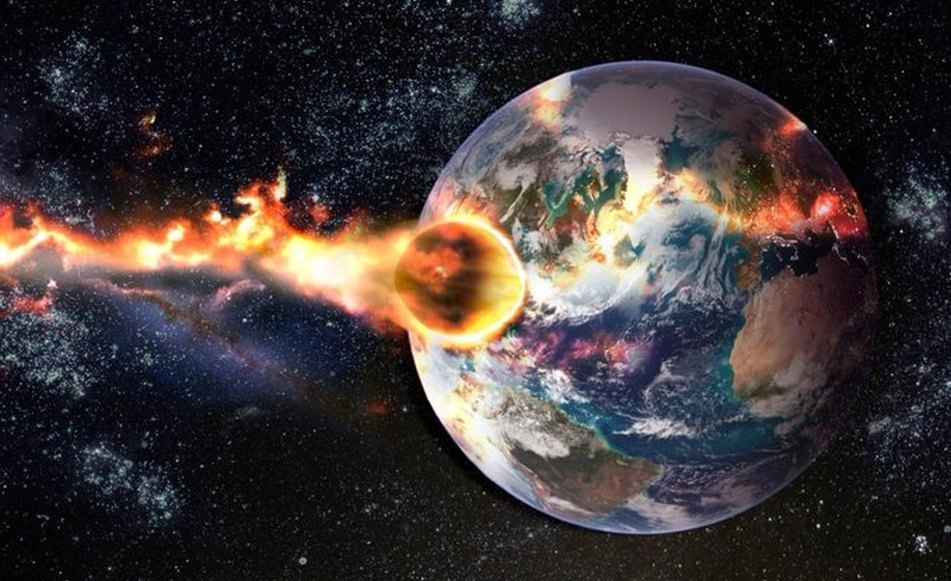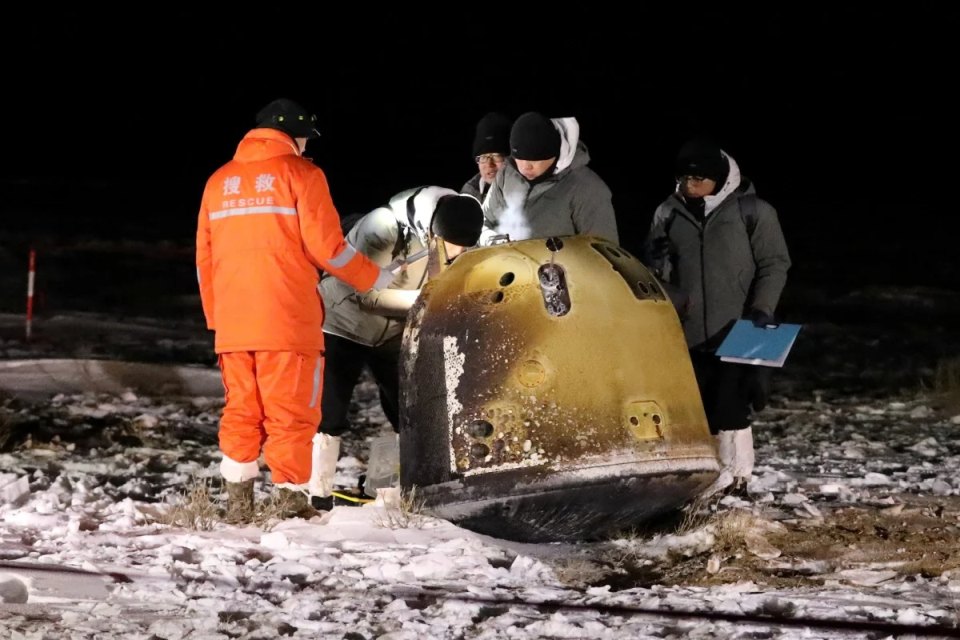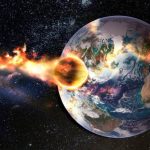Graphene found in China’s Chang’e-5 moon samples contradicts lunar origin theory that the moon was formed by a cosmic collision between Earth and a smaller planet

For decades, the prevailing theory has been that the moon was formed by a cosmic collision between Earth and a smaller planet. However, a groundbreaking discovery by Chinese scientists may challenge this long-held belief, further raising questions about the lunar formation theory.
According to a report from the South China Morning Post (SCMP), Chinese scientists have identified graphene—a pure form of carbon—in lunar soil samples collected four years ago by China’s Chang’e-5 mission. This revelation could significantly disrupt the scientific consensus regarding the moon’s origin, which has been largely based on the giant impact theory. The research was conducted by a team of scientists at Jilin University in China.
“Chinese researchers have discovered a form of carbon in lunar soil samples collected in 2020 which could overturn the theory that the moon was formed by a cosmic collision between Earth and a smaller planet,” South China Morning Post reported.
The discovery of carbon in the form of graphene contradicts the earlier assumption that the moon is largely carbon-depleted. This assumption was drawn from the analysis of Apollo mission samples and bolstered the impact theory.

Chinese researchers have discovered a form of carbon in lunar soil samples collected in 2020 which could overturn the theory that the moon was formed by a cosmic collision between Earth and a smaller planet. Photo Credit: Reuters
The Chinese researchers suggest that the moon might possess a carbon-capturing mechanism on its surface, potentially explaining the presence of graphene and other forms of indigenous carbon. This insight could fundamentally alter our understanding of the moon’s chemical composition and geological history. Studying natural graphene on the moon could not only enhance our knowledge of lunar formation but also aid in the development of cost-effective graphene synthesis techniques.
According to the researchers, the presence of carbon in lunar samples challenges a key assumption of the widely accepted theory that the moon was formed by a collision between Earth and another small planet.
“The prevalent giant impact theory has been strongly supported by the notion of [a] carbon-depleted moon derived from the early analysis of Apollo samples,” the scientists said in their unedited manuscript published online by the National Science Review.
The finding is not the only discovery raising questions about the decades-old lunar formation theory. In addition, a recent Japanese study has also cast doubt on the giant impact theory, revealing carbon ion emissions across the lunar surface, which suggests the presence of indigenous carbon.
“Carbon is a fundamental element for understanding the formation and evolution of planetary bodies. The origin of the Moon has aroused intensive interest and debate, from which several hypotheses have been proposed. The prevalent giant impact theory has been strongly supported by the notion of carbon-depleted Moon derived from the early analysis of Apollo samples. Recently, this consensus has been significantly challenged by the observation of global carbon ion fluxes from the Moon, suggesting the presence of indigenous carbon on the Moon [1]. This observation is consistent with the presence of graphite in the lunar soil [2]. Therefore, it is highly desirable to unravel the crystalline structure of the indigenous carbon phase by conducting further characterization studies on the young lunar samples.”
To further investigate the origins of this carbon, the Chinese team plans to study younger lunar samples—about 2 billion years old—to unravel the crystalline structure of the indigenous carbon found on the moon.
The research team, including experts from the Shenyang National Laboratory for Materials Science and China’s Deep Space Exploration Laboratory, emphasized that their findings might “reinvent the understanding of chemical components … and the history of the moon.”
Graphene, known for its single layer of carbon atoms arranged in a hexagonal lattice, is the thinnest and strongest material known. This discovery opens new avenues for understanding not just the moon’s past, but also its potential resources for future space exploration.
You can also view a copy of the original unedited manuscript below.
nwae211
